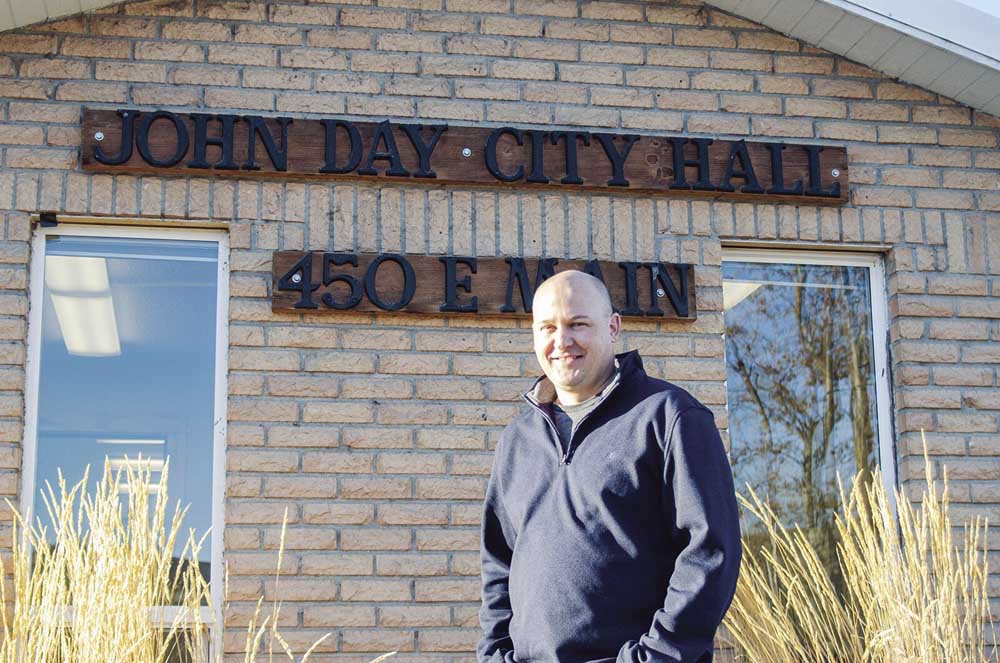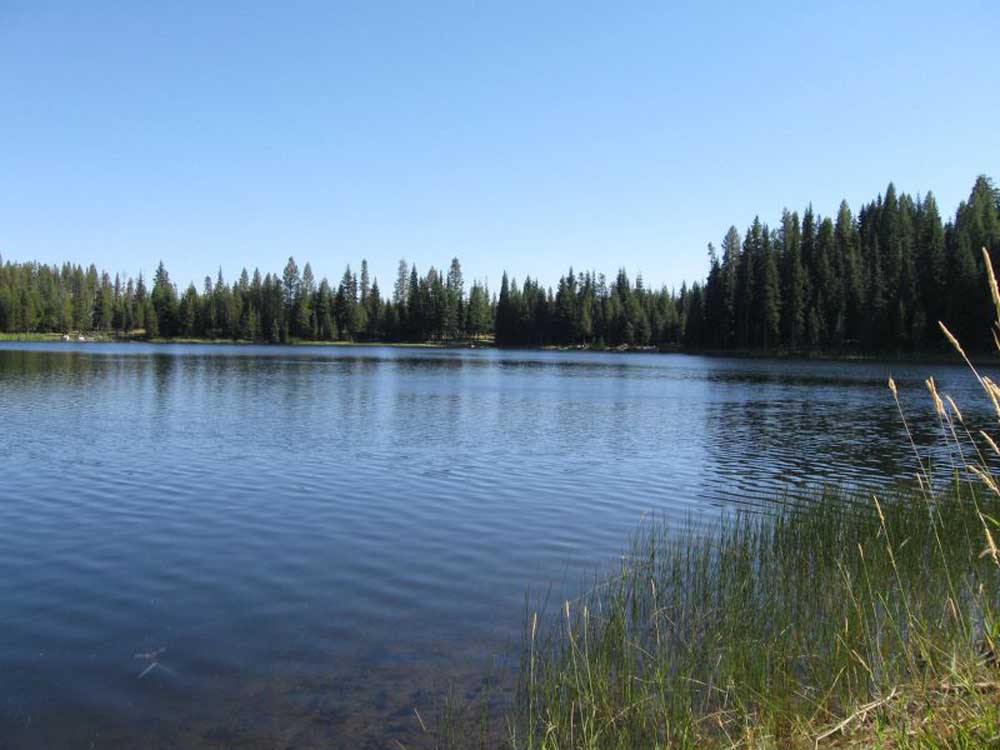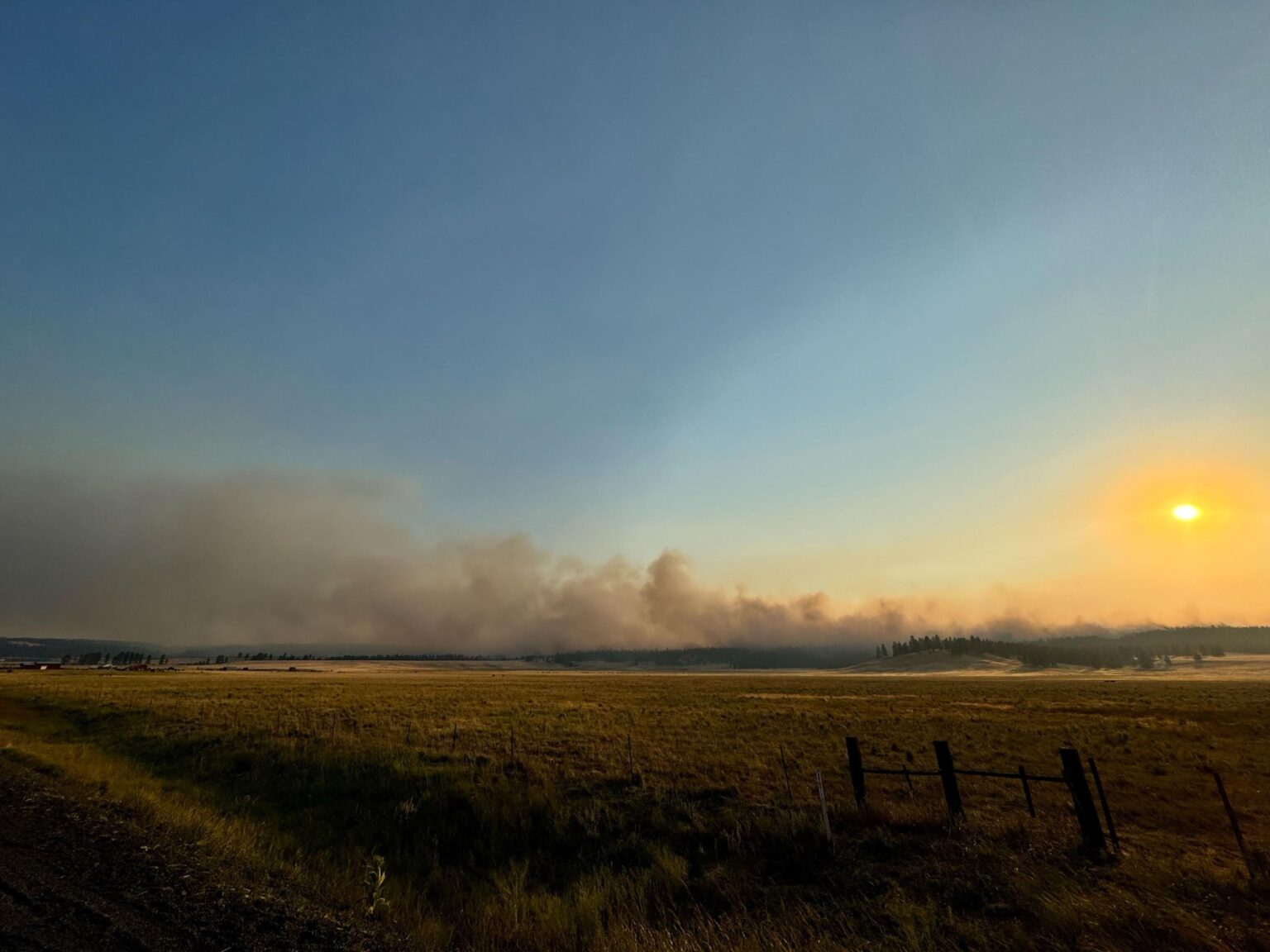John Day River remains focus of public-access debate
Published 5:00 pm Tuesday, August 13, 2002
SALEM – The Oregon State Land Board probably will consider ordering a navigability study on the John Day River at its October meeting, while two landowners work on appeals of a judge’s ruling that the river along their land is navigable.
When a river is found to be navigable – based on conditions when Oregon became a state in 1859 – the deed to that land up to the ordinary high water mark goes to the state. The public gains legal access to that land for recreational activities such as boating and fishing.
Some farmers, ranchers and other landowners have complained about littering, property damage and noise when water users cross their property; they’ve raised concerns about land title validity and liability related to navigable waterways.
The Oregon Division of State Lands is preparing an agenda item on John Day navigability for the land board’s October meeting, wrote DSL assistant director John Lilly in a July 29 memo to land board members.
“The court found we need to make a decision,” said Lilly.
The land board, which includes the governor, secretary of state and state treasurer, for several years had avoided deciding whether to order a navigability study on the river. The Northwest Steelheaders Association had requested a study in early 1997.
The board hasn’t made a decision, partly because it put higher priority on other river segments in Oregon and partly because of pending lawsuits. But in his final order on a John Day navigability lawsuit, Marion County Circuit Judge Paul J. Lipscomb said the board had unreasonably delayed taking action on the Steelheaders’ request. He ordered the board to decide whether to conduct a study.
If the board decides to proceed with a navigability study, DSL staff will gather information and prepare a report, partly with the help of recent court documents. Some time next year, DSL staff would hold public meetings to get more comments.
“If the board chooses not to do a study then that’s the end of it for the moment,” said Lilly. “It would leave the question unanswered on the status of the rest of the river.”
Court appeals
Salem attorney Gordon Hanna on July 18 filed notice of appeal for two clients who own land along the John Day River. Judge Lipscomb in a June judgment confirmed his March order and a February jury verdict that found the John Day River is navigable at several specific properties.
Hanna said the issues for his two clients are different. David and Sarah Schlecht have technical defenses regarding the requirements for a declaratory judgment. The trial showed no evidence that they had a controversy on their property, or that they had ordered anyone off their river property. Without a dispute, there’s no controversy; without a controversy, there can be no declaratory judgment, said Hanna.
Hanna said his other appeal client, Miani, Williamson & Evans, also has a technical appeal related to the court’s award of three rather than one prevailing party fee against defendants.
This client, and possibly the Schlechts, will appeal the navigability issue, said Hanna.
“I’m certain both my clients will join in an appeal based on certain language in the judge’s (order), which we do not view as binding,” said Hanna.
Judge Lipscomb in his discussion and order discussed the floatage easement. He said the floatage easement had traditionally offered the boating public priority over riparian owners relative to necessary activities related to convenient waterway travel.
“There was no dispute about the extent of the floatage easement,” said Hanna, so the order shouldn’t be binding.
Hanna said the appeal brief filing and respond process can take about four months. Because of the complexities in the case, extensions could extend that time. A court decision on the appeals could be a year away, he said.
Roy Leidahl is associate editor of the Capital Press in Salem.





